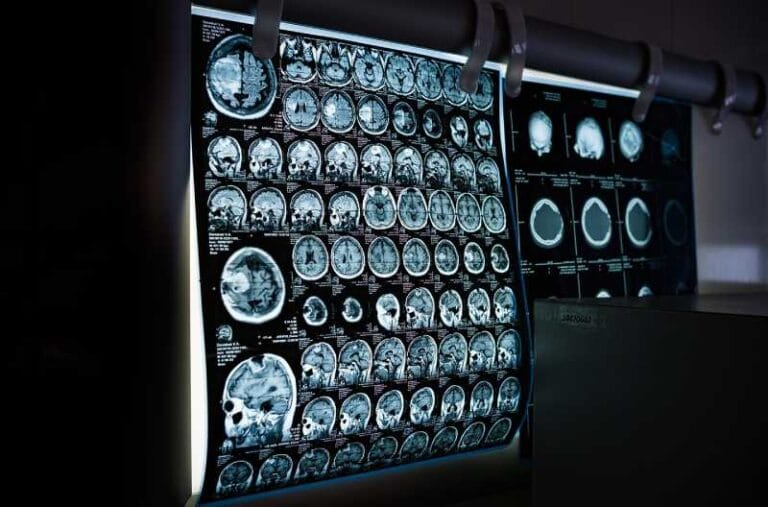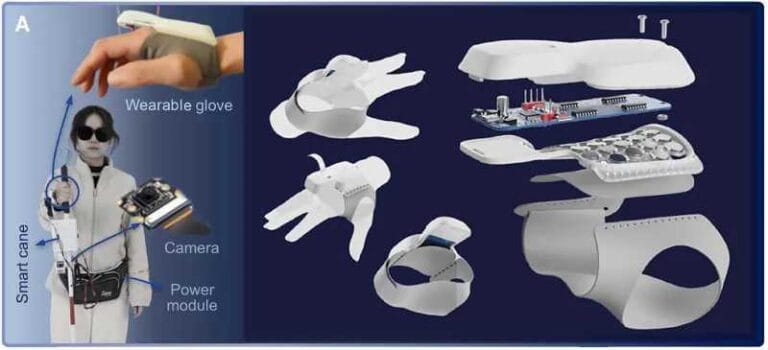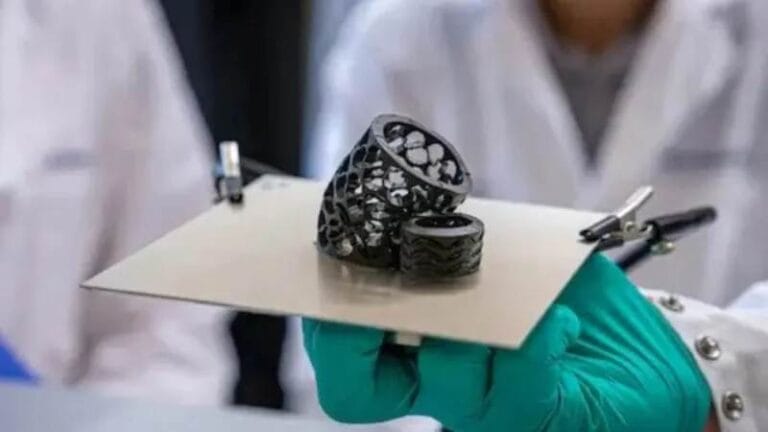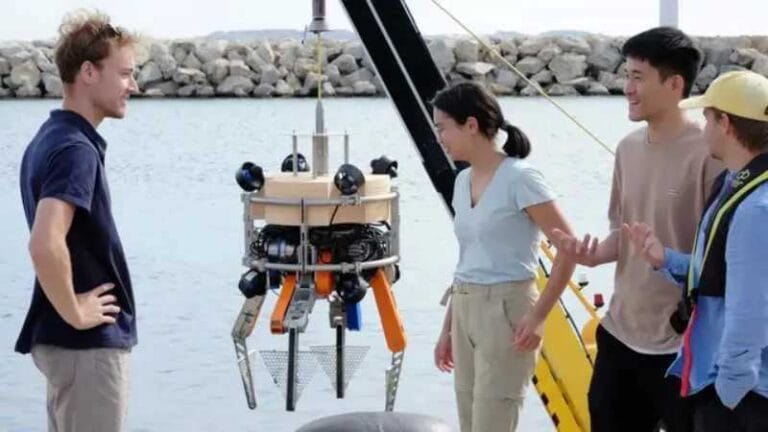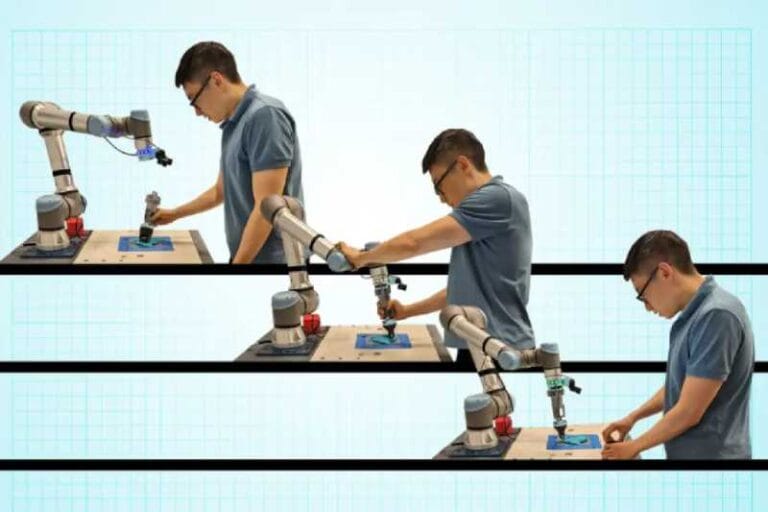Reprogrammable magnetic metamaterials.
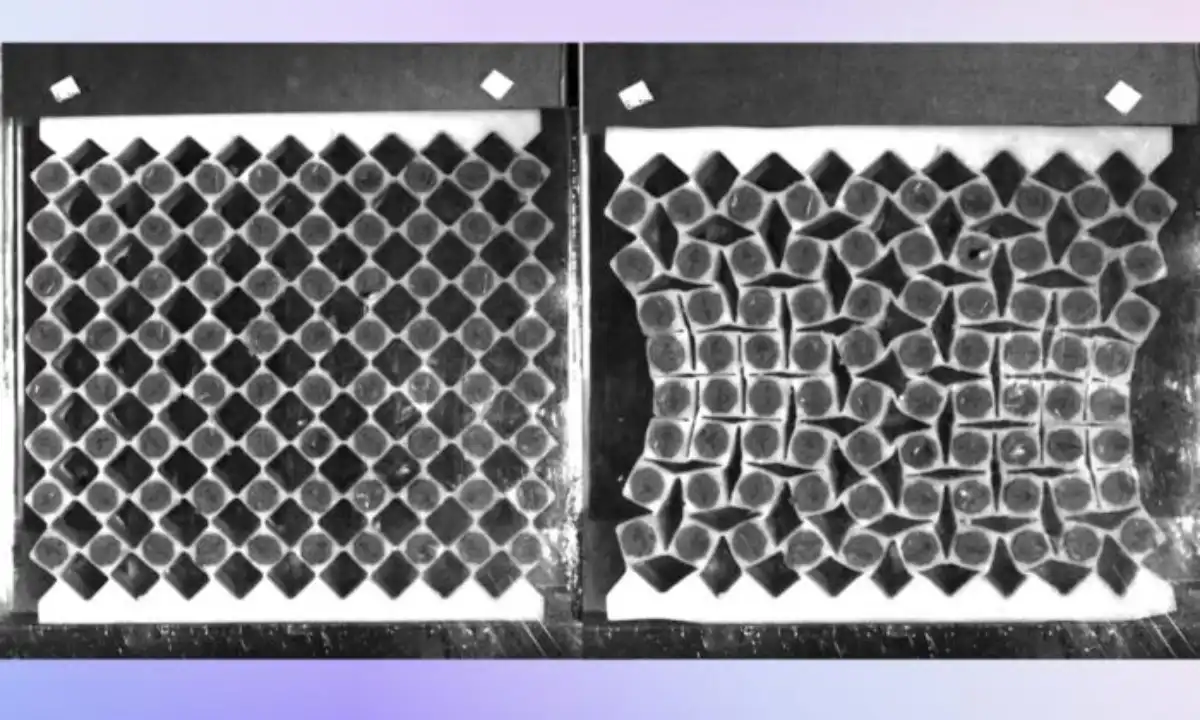
A team of scientists from Carlos III University of Madrid (UC3M) and Harvard University in the U.S. has experimentally demonstrated that it is possible to reprogram the shape and structural behavior of innovative artificial materials with electromagnetic properties, known as metamaterials, without the need to alter their composition. This technology opens the door to innovations in fields such as biomedicine and soft robotics, among others.
The study, published in the journal Advanced Materials, explains how to reprogram these mechanical metamaterials using flexible magnets distributed throughout their structure.
“What is innovative in our proposal is the incorporation of small flexible magnets in a rotating rhomboidal matrix that allows modification of the rigidity and energy absorption capacity of the structure, simply by altering the distribution of these magnets or applying an external magnetic field. This grants unique properties that are not present in conventional materials or in nature. When designing new materials, we tend to focus on their chemical composition and microstructure, but with metamaterials, we can also play with their internal geometry and spatial arrangement,” explains one of the study’s authors, Daniel García-González from the Department of Mechanics of Continuous Media and Structural Theory at UC3M.
This discovery is an important step toward the creation of reconfigurable mechanical structures, useful in sectors such as robotics, impact protection, and aerospace engineering. The applications of these types of metastructures are virtually endless, according to the researchers.
“From impact protection structures, adaptive components in soft robotics, to smart damping systems in exoskeletons. In the sports field, they could be used to modify the mechanical response of a sports shoe sole through interactions of the elements embedded in it, making certain areas more flexible or rigid to improve the stride of a person or a runner. Innovative possibilities also arise in the field of biomedicine. For example, we could introduce modifications of these structures into a blocked blood vessel and, by applying an external magnetic field, expand the matrix to achieve its unblocking,” emphasizes another researcher, Josué Aranda Ruiz, from the Department of Mechanics of Continuous Media and Structural Theory at UC3M.
To carry out the study, the researchers from UC3M and Harvard combined the identification and characterization of different materials with the analysis of their behavior based on magnetic orientations.
To achieve this, they studied how the orientation, residual magnetization, and rigidity of the magnets affect the static and dynamic responses of the metamaterial, demonstrating that careful reorientation allows for significant adjustments to its behavior. They then analyzed its integration into larger structures for dynamic impact testing.
“By modifying the position of the magnets to modulate the magnetic interaction between them, we can achieve completely different behaviors in the material,” adds another author of the study, Carlos Pérez García, also from the Department of Mechanics of Continuous Media and Structural Theory at UC3M.
This research was developed with the support of the Ministry of Science and Innovation (MCIN/AEI/10.13039/501100011033), as well as the 4D-BIOMAP project from the European Research Council (ERC) under the Horizon 2020 research and innovation program of the European Union (GA947723). It is also part of the innovation work developed for technology transfer in soft robotics with the company Monodon (Navantia).


